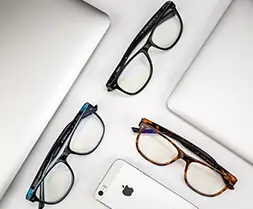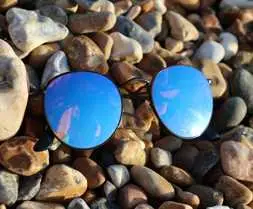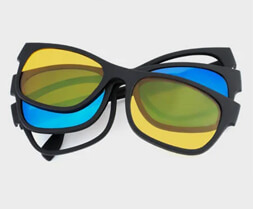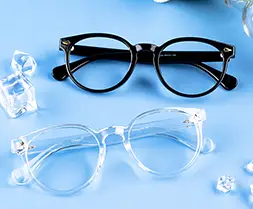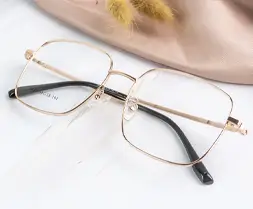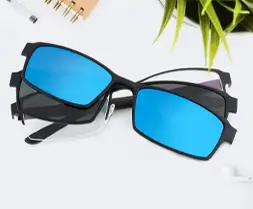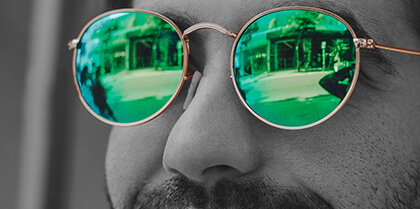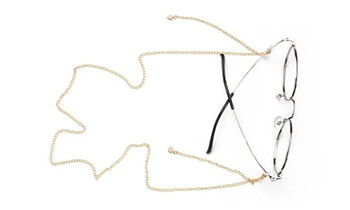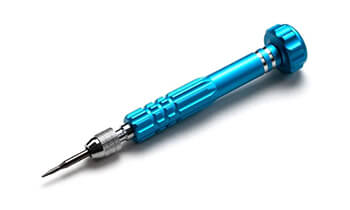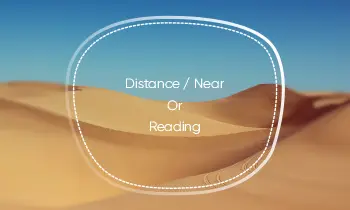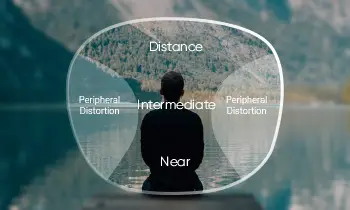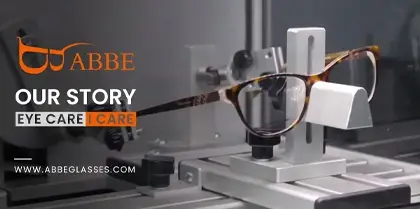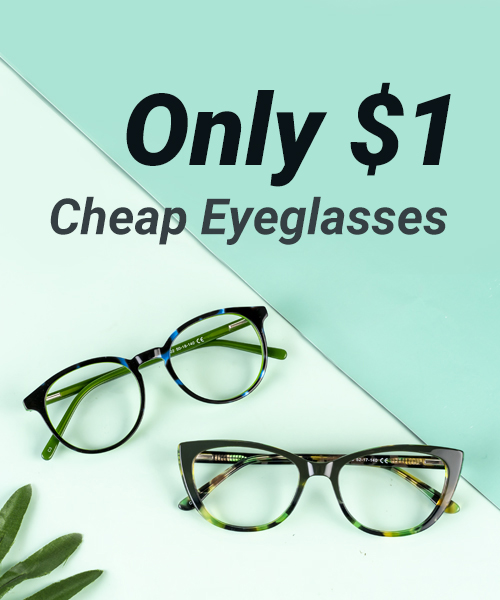"Mom, I can't see very well!" When you, as a parent, hear this, your heart will undoubtedly stutter; my child must be myopic. Children's eyes run at high capacity daily for reading and studying, entertaining cell phone tablets, and other electronic products. Whenever parents hear their children say to themselves that they can't see things, the first reaction of parents is to think that their children are nearsighted and plan to purchase prescription eyeglasses for them, but is that the case?
Is it always nearsightedness if you can't see well?
Not necessarily. There are many reasons why a child may not be able to see well. Allergies, glare, visual fatigue, and "pseudomyopia" may all cause a child to have blurred vision for a short period of time.
In addition, developing children's eyesight may be at a developmental level, and because children may have limited expressive skills, vague descriptions may lead parents to believe that their child is nearsighted.
What is "true/false" myopia?
We often hear the words true myopia and pseudomyopia, but many parents do not understand "pseudomyopia" and can easily fall into the trap of misunderstanding and poor vision, thus delaying their children's vision health.
"Pseudomyopia", more strictly speaking, is a state of eye fatigue, which is called "regulatory myopia." It is caused by the continuous contraction and spasm of the ciliary muscle after prolonged close-eye use.
It can happen at any age and within any period of time. However, it can be relieved if we take proper rest and regulate the correct way of using our eyes.
True myopia, on the other hand, is an organic change in the eye, such as a longer eye axis or increased refractive power of the cornea and lens. This organic change cannot be reversed, which is why myopia is difficult to cure, and best solution is to wear prescription glasses.
How can I tell if my child is nearsighted?
1. Looking too close to things: e.g., watching television without moving forward consciously, always looking down at writing assignments, etc.
2. Looking at things often with a tilted head: this may be because the child cannot see well and changes his or her viewing posture.
3. Squinting for long periods of time when looking at things: long-term squinting can lead to eye muscle fatigue, accelerating myopia, or even deepening myopia.
If your child has any of the above premonitory signs of myopia, parents must pay attention to them and take them to a professional institution for examination in a timely manner.
Guide your child to develop good eye habits in daily life.
1. Strict control of children's eye time, teach children to use their eyes reasonably; too much use of cell phones, iPads, and other electronic products are likely to cause refractive errors and other problems. To reduce the frequency and length of looking at the near, generally, after 30-40 minutes of eye use to, have 10 minutes of rest can be relaxed far away or close your eyes and other actions, moregreen plants, or do eye exercises.
2. In the process of learning, children must be reminded to sit correctly. Be upright and straight, keep the correct distance, do not bend low, cultivate their correct reading and writing posture, and do not lie on the table or twist the body.
3. Writing and reading should have proper light; light is best from the left side. Do not read and write in too dark or too bright light to reduce the burden on students.
4. The child's nutrition should also be maintained, can not let its picky, partial food, to eat more fruits and vegetables; nutrition should be balanced, vision can develop well, you can eat more food rich in A vitamin, a variety of vegetables and animal liver, egg yolk, etc. Carrots contain vitamin B, which is good for the eyes.
5. Do not give children too much pressure to study every day after studying to encourage children to participate in more outdoor activities to prevent the development of myopia. According to the latest research, children who spend more than 3 hours outdoors every day are much less likely to be nearsighted.



